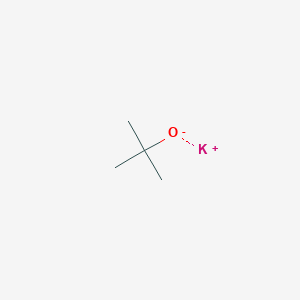Artemisia argyi is also called basil and wormwood. Artemisia selengensis is native to China and belongs to semi-hardy-tolerant vegetables. It prefers cold and humid climate conditions, can be planted in greenhouses, and can be cultivated all over the country. Artemisia selengensis has a wide adaptability, and the living environment likes a cool environment and is not resistant to high temperatures. The most suitable temperature for growth is 17~20 degrees Celsius. The growth below 12 degrees is slow. The growth below 29 degrees is poor, but it can withstand the short-term 0 degree low temperature. The seeds can germinate above 10 degrees, but the fastest sprouting at 15-20 degrees. Native to China. The edible part is tender stem, rich in nutrients, low in fiber, excellent in quality and unique in flavor. It is a kind of spice in vegetables, and it is also an indispensable refreshing dish in fast food industry, hot pot city and buffet. Artemisia scoparia is not only pleasant in taste, but also easy to cultivate. It grows fast and has a short cycle. It can be used as a pre- and post-cultivation for the main crops in the protected area, and it can be cultivated and interplanted. The planting time of Artemisia selengensis has a special scent of scent and has a unique repellent effect on pests and diseases. Therefore, pesticides are rarely sprayed, which is an ideal pollution-free vegetable. It is a semi-hardy-tolerant vegetable, which is beneficial to its growth when it is cold and mild, and the relative humidity of the soil is maintained at 70%-80%. Under the conditions of suitable temperature, the annual can be planted. In recent years, the cultivation of protected areas in winter, spring and autumn is more and more common. After sowing, the harvest is generally 40--50 days, and when the temperature is low, the growth period is extended to 60--70 days. Method of planting Artemisia selengensis The pest control of Artemisia selengensis is mainly based on agricultural control. It should be rationally fertilized and watered to avoid sudden and small fluctuations; temperature management is not high and low, creating a good ecological environment, promoting healthy plant growth, reducing pest and disease damage and pesticide application. To maintain ecological balance. Harvesting method of Artemisia selengensis When the seedling grows to a height of 18-20 cm, the leaflet is cut off on the ground at one time, and the roots are washed and bundled into small pieces. The harvest of Artemisia scoparia is relatively flexible. It can be harvested at one time. It can also be harvested several times with one seeding. When harvesting, leave the base of the main stem 4--5 leaves or 1--2 side branches, hand rub or knife. Cut the young main branch or side branch, bundle it into the market, and smash it once every 20 days. Watering and topdressing in time for each time to promote the germination of the side branches. This article URL: The time of planting of Artemisia selengensis and the method of planting Potassium Tert-butoxide CAS No.865-47-4 Potassium tert-butoxide Basic Information
Mol File: 865-47-4.mol
Potassium Tert-butoxide Structure
density 0.910 g/mL at 20 °C
Potassium Tert-butoxide Application
1. Used in pesticides, medicines, printing and dyeing, Catalysts, etc. Potassium Tert-Butoxide,Potassium Tert-Butoxide Cas No,Potassium Tert-Butoxide Msds,Potassium Tert Butoxide Formula Shandong YingLang Chemical Co.,Ltd , https://www.sdylhgtrade.com



CAS: 865-47-4
MF: C4H9KO
MW: 112.21
EINECS: 212-740-3

Melting point 256-258 °C (dec.)(lit.)
Boiling point 275°C
2. As a strong base, it is widely used in the condensation, rearrangement and ring opening reactions in organic synthesis such as chemical, pharmaceutical and pesticide.
3. It is a moderately strong base commonly used in organic synthesis.
4. The reason why t-BuOK is widely used is that it is inexpensive and readily available, and its basicity changes depending on the selected reaction solvent.
5. For Stobbe condensation, t-BuOK is a better base than EtONa, with higher reaction yield, shorter reaction time, and no side reactions of ketone or aldehyde reduction.